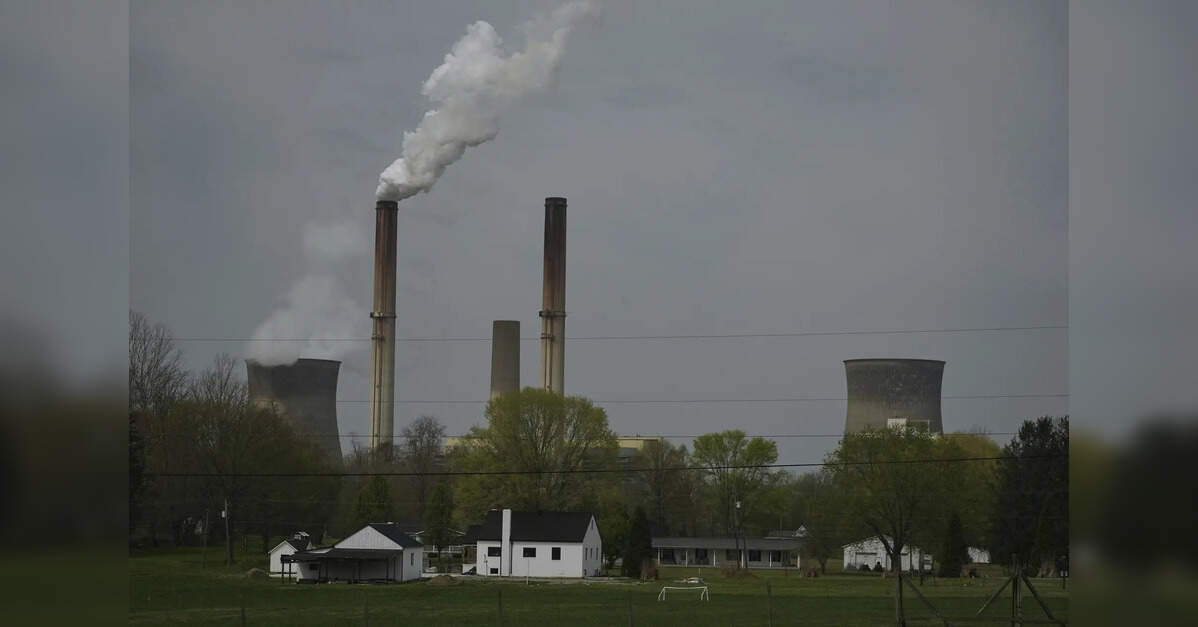Key Takeaways
- The Energy Transitions Innovation Challenge (ENTICE) aims to address energy challenges in India by fostering collaboration among stakeholders.
- India’s renewable energy capacity has surpassed 50%, highlighting the need for a smarter, resilient grid to handle increased energy demands and variability.
- Digital technologies, including AI and real-time data, are essential for modernizing India’s electricity sector and ensuring efficient energy management.
Transforming India’s Energy Landscape
India’s electrification journey began in 1879, providing crucial power for industries and even reaching remote villages. Today, electricity is fundamental for the country’s economic and social advancement. However, India faces pressing challenges that necessitate a reevaluation of electricity generation, delivery, and consumption. Factors such as climate volatility, rising energy demand, and the need for reliable access highlight a critical moment in energy management.
Recently, India celebrated a significant milestone with renewable energy sources accounting for over 50% of total installed power generation capacity. Despite this progress, existing systems—designed around centralized fossil fuels—struggle with the demands of variable renewable energy (VRE). This issue is particularly pressing as India aims to triple its energy consumption by 2050, targeting 500 GW of renewable capacity by 2030.
To achieve these goals, India must transform its electricity infrastructure to be more flexible and resilient. The shift towards a smart grid is crucial, as it will allow for better integration of unpredictable solar and wind energy, the rise of electric vehicles, and other new challenges.
Digital Technologies: The Future of Energy Management
Leveraging digital technologies is key to modernizing India’s grids. This transition will rely on three main components: the use of AI and analytics for accurate demand forecasting and supply optimization, the establishment of a unified digital public infrastructure to facilitate timely, data-driven decision-making, and ensuring interoperability among diverse energy sources and grid assets. A digitalized grid will also empower utilities, regulators, and consumers with real-time data, fostering informed decisions and driving greater investment in clean energy solutions.
In Rajasthan, the Digitalisation of Utilities for Energy Transition (DUET) program, backed by the Global Energy Alliance for People and Planet (GEAPP), is pioneering a digital “twin” of the state’s electricity distribution network. This innovative approach utilizes GIS mapping and machine learning to enhance the management of grid assets and resource deployment. Successful implementation in Rajasthan may set a precedent for a fully digitized national grid across India in the near future.
To effectively address India’s diverse energy needs, collaboration among stakeholders—including government, businesses, and civil society—is essential. The public, private, and philanthropic sectors can work together to innovate, refine regulations, and stimulate private investment. ENTICE, initiated in 2023, exemplifies this collaborative effort. By supporting early-stage innovations, ENTICE connects Indian startups with professionals, funding, and mentorship opportunities, accelerating their development from concept to deployment. The program received significant interest during its first round, attracting 400 applicants and engaging over 30 partners and 20 investors.
Building a Sustainable Future
India stands at the forefront of the global clean energy revolution. However, sustaining this momentum will require an intelligent and inclusive energy grid. By embedding digital innovations, nurturing partnerships, and empowering local entrepreneurs, India can foster cleaner and more resilient growth for its vast population. Emphasizing digital public infrastructure and AI-powered solutions will be pivotal in realizing a future that integrates accessibility and sustainability for all.
The content above is a summary. For more details, see the source article.















